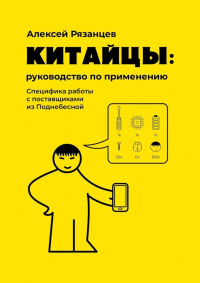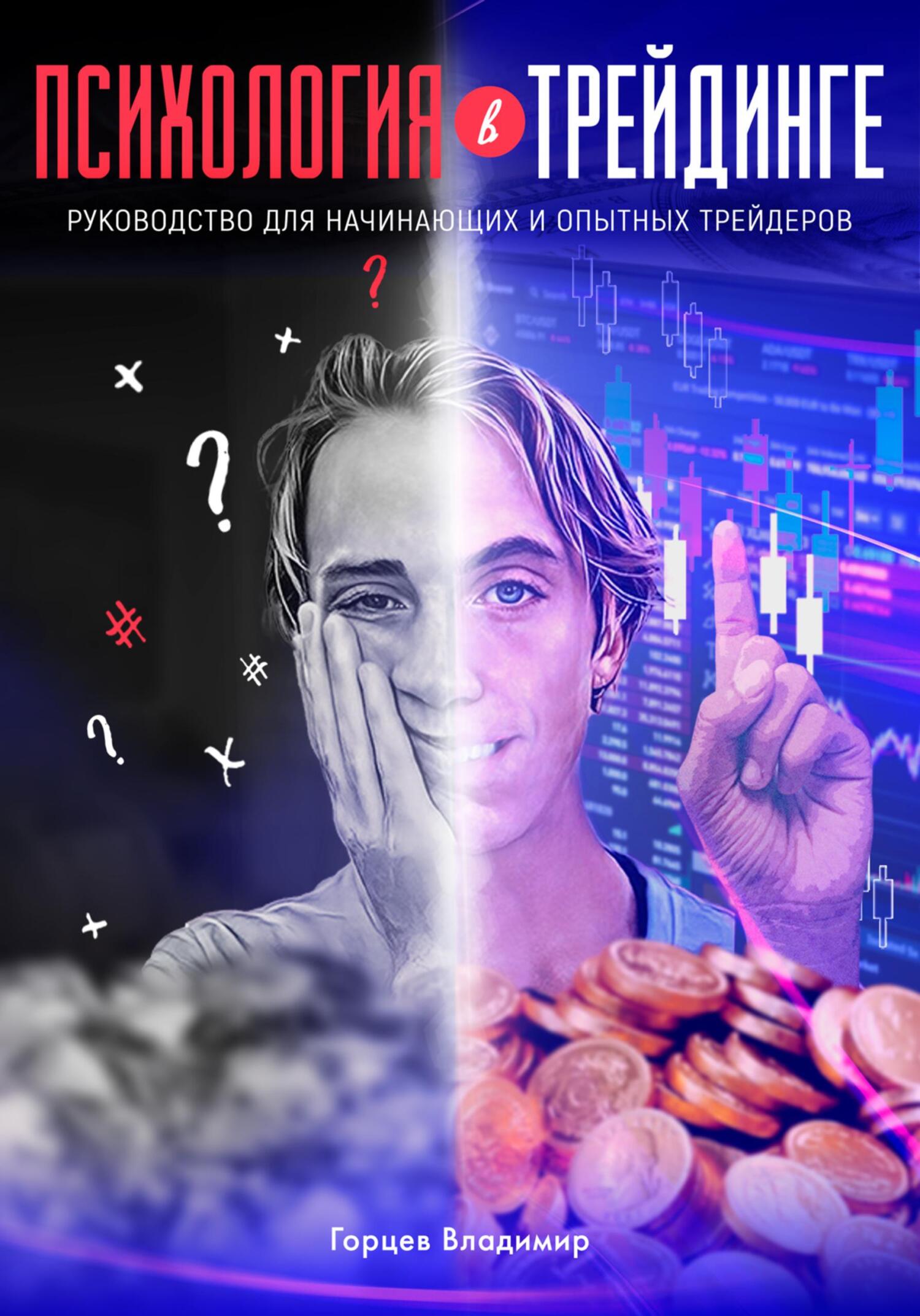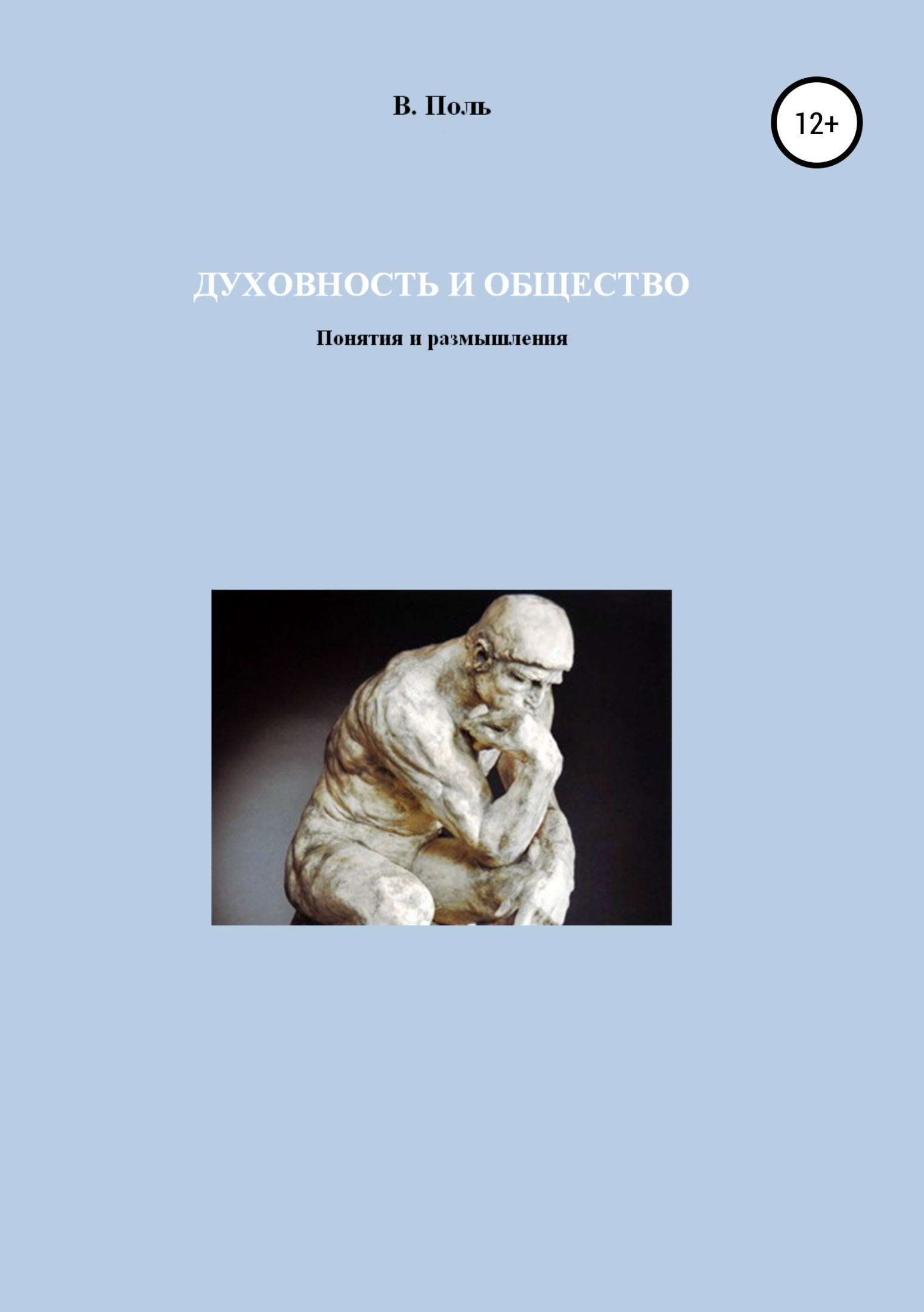Читать книгу "Твоя хорошая тревога. Как научиться правильно волноваться - Билли Фицпатрик"
Шрифт:
Интервал:
Закладка:
13. Greg J. Norman, Louise C. Hawkley, Steve W. Cole, Gary G. Berntson, and John T. Cacioppo, “Social Neuroscience: The Social Brain, Oxytocin, and Health,” Social Neuroscience 7 (1), 2012: 18–29, do i:10.1080/17470919.2011.568702; Candace Jones, Ingrid Barrera, Shaun Brothers, Robert Ring, and Claes Wahlestedt, “Oxytocin and Social Functioning,” Dialogues in Clinical Neuroscience 19 (2), 2017: 193–201, doi:10.31887/DCNS.2017.19.2/cjones.
14. Thomas R. Insel, “The Challenge of Translation in Social Neuroscience: A Review of Oxytocin, Vasopressin, and Affiliative Behavior,” Neuron 65 (6), 2010: 768–79, doi:10.1016/j.neuron.2010.03.005.
15. Greg J. Norman, Louis C. Hawkley, Steve W. Cole, et al., “Social Neuroscience: The Social Brain, Oxytocin, and Health,” Social Neuroscience 7 (1), 2012: 18–29.
16. Candace Jones, Ingrid Barrera, Shaun Brothers, et al., “Oxytocin and Social Functioning.” Dialogues in Clinical Neuroscience 19 (2), 2017: 193–201.
17. Daniel Goleman, Working with Emotional Intelligence (New York: Bantam Dell, 2006).
18. Daniel Goleman, Social Intelligence: The New Science of Human Relationships (New York: Bantam Books, 2006).
Глава 9
1. Arne Dietrich, “The Cognitive Neuroscience of Creativity,” Psychonomic Bulletin & Review 11 (6), 2004: 1011–26, doi:10.3758/bf031967312Ibid.
3. Julie Burstein, Spark: How Creativity Works (New York: HarperCollins, 2011).
4. Arne Dietrich and Hilde Haider, “A Neurocognitive Framework for Human Creative Thought,” Frontiers in Psychology 7 (2078), 2017: doi:10.3389/fpsyg.2016.02078.
5. Arne Dietrich and Hilde Haider, “A Neurocognitive Framework for Human Creative Thought,” Frontiers in Psychology 7 (2017): 2078, doi:10.3389/fpsyg.2016.02078.
6. M. Jung-Benjamin, E. M. Bowden, J. Haberman, J. L. Frymiare, S. Aranbel-Liu, R. Greenblatt, P. J. Reber, J. Kounios, “Neural Activity When People Solve Verbal Problems with Insight” in PLoS Biology, 2(4), April 2004: E97, doi: 10.1371/journal.pbio.0020097.
7. Lindsey Carruthers, Rory MacLean, and Alexandra Willis, “The Relationship Between Creativity and Attention in Adults,” Creativity Research 30 (4), 2018: 370–79, doi:10.1080/10400419.2018.1530910.
8. Roger E. Beaty, Yoed N. Kennett, Alexander P. Christensen, Monica D. Rosenberg, Mathias Benedek, Qunlin Chen, Andreas Fink, et al., “Robust prediction of individual creative ability from brain functional connectivity,” Proceedings of the National Academy of Sciences 115 (5), 2018: 1087–92, doi:10.1073/pnas.1713532115.
9. Peter, “The Cognitive Neuroscience of Creativity,” h+, August 16, 2015, https://hplusmagazine.com/2015/07/22/the-cognitive-neu-roscience-of-creativity/.
10. Kaufman, Scott B. 2007. “Creativity.” In Encyclopedia of Special Education, Vol. 3, ed. Cecil R. Reynolds, Kimberly J. Vannest, and Elaine Fletcher-Janzen. New York: Wiley.
11. Lindsey Carruthers, Rory MacLean, and Alexandra Willis, “The relationship between creativity and attention in adults,” Creativity Research 30 (4), 2018: 370–79, doi:10.1080/10400419.2018.1530910.
12. Jiangzhou Sun, Qunlin Chen, Qinglin Zhang, Yadan Li, Haijiang Li, et al., “Training Your Brain to Be More Creative: Brain Functional and Structural Changes Induced by Divergent Thinking Training,” Human Brain Mapping 37 (10), 2016: 3375–87, doi:10.1002/hbm.23246.
13. Julie Burstein, Spark: How Creativity Works (New York: Harpercollins, 2011).
Часть третья
1. James J. Gross and John P. Oliver. 2003, “Individual Differences in Two Emotion Regulation Processes: Implications for Affect, Relationships, and Well-being,” Journal of Personality and SocialPsychology 85 (2), 2003: 348–62, doi:10.1037/0022-3514.85.2.348.
2. Lisa Mosconi, Brain Food: The Surprising Science of Eating for Cognitive Power (New York: Aver, 2018).
3. Matthew Walker, Why We Sleep (New York: Scribner, 2017).
4. Lin-Manuel Miranda, Gmorning, Gnight!: Little Pep Talks for Me & You (New York: Random House, 2018).
5. Qing Li, “Effect of Forest Bathing Trips on Human Immune Function,” Environmental Health and Preventive Medicine 15 (1), 2009: 9–17, doi:10.1007%2Fs12199-008-0068-3.
6. Claire Eagleson, Sarra Hayes, Andrew Mathews, Gemma Perman, and Colette R Hirsch, “The Power of Positive Thinking: Pathological Worry is Reduced by Thought Replacement in Generalized Anxiety Disorder,” Behaviour Research and Therapy 78, 2016: 13–18, doi:10.1016/j. brat.2015.12.017.
7. Wendy Suzuki and Billie Fitzpatrick, Healthy Brain, Happy Life: A Personal Program to Activate Your Brain & Do Everything Better (New York: Dey Street, 2015).
8. Stephen LaBerge, Lucid Dreaming: The Power of Being Awake and Aware in Your Dreams (Los Angeles: Tarcher, 1985).
9. Vera Morhenn, Laura E. Beavin, and Paul J. Zak, “Massage Increases Oxytocin and Reduces Adrenocorticotropin Hormone in Humans,” Alternative Therapies in Health and Medicine 18 (6), 2012: 11–18.
10. Tara L. Kraft and Sarah D. Pressman, “Grin and Bear It: The Influence of Manipulated Facial Expression on the Stress Response,” Psychological Science 23 (11), 2012: 1372–78, doi:10.1177/0956797612445312.
Примечания
1
Представленный в книге материал отражает точку зрения автора и предназначен исключительно для информационного ознакомления. Автор и издатель не оказывают медицинских, оздоровительных или иных профессиональных услуг. Прежде чем следовать любым изложенным рекомендациям, проконсультируйтесь с лечащим врачом, специалистом в области здравоохранения или другим компетентным лицом.
Автор и издатель не несут ответственности за какие-либо убытки, ущерб или риски, личные или иные, возникшие в результате прямого или косвенного применения содержания книги.
Некоторые имена и характеристики были изменены.
2
Запрещены в РФ. (Прим. ред.)
3
Запрещена в РФ. (прим. ред.)
Внимание!
Сайт сохраняет куки вашего браузера. Вы сможете в любой момент сделать закладку и продолжить прочтение книги «Твоя хорошая тревога. Как научиться правильно волноваться - Билли Фицпатрик», после закрытия браузера.










